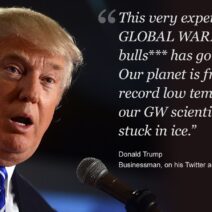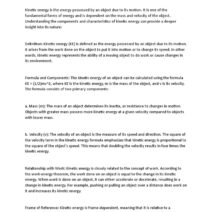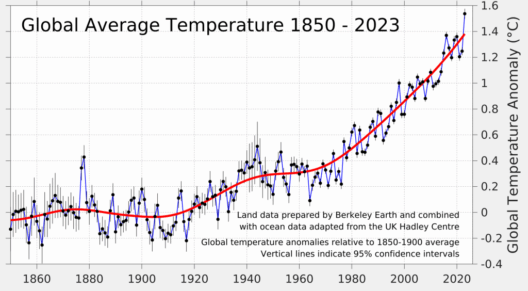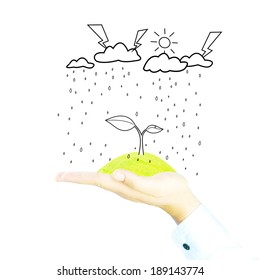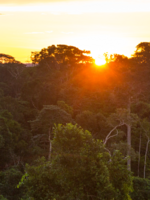As the temperature of our planet gradually escalates, it elicits profound concerns regarding the long-term repercussions that global warming will impose on our ecosystems, economies, and societal structures. The trajectory we find ourselves on is reminiscent of a double-edged sword: while humanity grapples with the rush towards modernization and industrialization, we simultaneously inch closer to a precipice that threatens our very existence. This examination of the world after global warming invites us to consider not only the stark realities we may face but also the intricate fabric of underlying causes fueling our fascination with the unfolding climate crisis.
To frame the discussion, let us envision a hypothetical landscape in the not-so-distant future, one that has borne the brunt of rampant climate change. The polar ice caps, once colossal bastions of frozen beauty, find their mass dwindling. As they melt, they contribute to rising sea levels, which encroach upon coastal cities and low-lying regions. Major urban centers such as Miami, New York, and Jakarta stand at the vanguard of this existential threat, with millions of inhabitants facing displacement. The images conjured are not just surreal; they evoke a melancholic nostalgia for a world that once was, a poignant reminder of the fragility of human endeavors in the face of nature’s wrath.
The depletion of ice affects not just the coastline but also the ecosystems of the Arctic and Antarctic. The species that inhabit these regions, from polar bears to penguins, face dire adversity. Habitats that supported their existence are rapidly becoming inhospitable, pushing wildlife further towards extinction. This phenomenon raises an uncomfortable question: as we witness the decline of biodiversity, how much of our own humanity will we sacrifice to preserve our conveniences? This discomfort is a testament to the complexity of our relationship with nature; we are both passive witnesses and active participants in its degradation.
As temperatures soar, we observe a cascade of repercussions affecting agriculture worldwide. Crop yields, once reliable sources of sustenance, grow precarious. Prolonged droughts interrupt traditional farming cycles, leading to famine in regions already susceptible to food insecurity. Conversely, other areas may face unprecedented flooding, decimating harvests. This duality reveals a stark reality: food scarcity can quickly entwine with geopolitical instability, as nations scramble to secure dwindling resources. The world thus teeters on the brink of conflicts fueled not merely by territorial disputes but by the fundamental struggle for survival.
Addressing the water crisis alongside food shortages illustrates another ripple effect of climate change. As glaciers retreat and aquifers deplete, the supply of fresh water dwindles. The cascading effect is palpably felt in urban regions, where relentless population growth exacerbates the strain on already overstretched resources. Consequent social unrest becomes a commonplace reality. The image of water riots in cities illustrates a future mired in desperation. It infuriates and fascinates us alike; humanity’s ingenuity mixes with primal survival instinct, raising questions about the sustainability of societal structures in an inhospitable environment.
Moreover, let us examine the relentless rise of extreme weather events—a hallmark of global warming. Hurricanes, heatwaves, and wildfires would grow in frequency and intensity. The scenes of devastated landscapes and ravaged communities serve not only as harsh reminders of our vulnerability but also fuel our insatiable appetite for narratives. Media coverage of such disasters often captivates audiences, highlighting humanity’s resilience and adaptability, yet subsequently becoming a misrepresentation of our impending crisis. The allure of disaster porn draws us in, offering fleeting engagement while shrouding the daunting reality that we are racing towards further calamity.
This constant cycle of engaging with climate catastrophes often obscures the crucial discussions about accountability and responsibility. As scientific reports urge action, the inertia of political frameworks prevents substantial progress. Our fascination with the topic shifts from predictive discussions to sensationalized truths. Climate change becomes a glorified spectator sport, allowing us to share in the tragedy without taking proactive measures. This realization forces us to ask ourselves how we reconcile our fascination with climate challenges while remaining indifferent to solutions that may avert the impending dystopia.
Crucially, we must remember that the ramifications of global warming extend beyond physical transformations of our planet. They seep into the psychological fabric of human experience. The term “eco-anxiety” has entered our lexicon, reflecting the pervasive feelings of helplessness and despair that accompany the knowledge of impending environmental doom. This unease can either galvanize a collective movement for change or lead to a numbing detachment, both responses dependent on societal outlooks and values. The wide spectrum of reactions showcases our deep-seated connection and, simultaneously, our profound disconnection from nature.
In conclusion, envisioning a world irrevocably altered by global warming serves to elucidate the interconnectedness of environmental, social, and economic spheres. While the future appears daunting, our fascination with climate change must propel us beyond mere observation; it should inspire action. The scientific community persistently calls for sustainable practices, and the onus is on us to heed these warnings. The potential for a renewed relationship with our planet lies dormant, waiting for the collective awakening that will rise from the ashes of negligence. Only through concerted efforts will we reclaim the narrative and ensure a viable planet for future generations.
